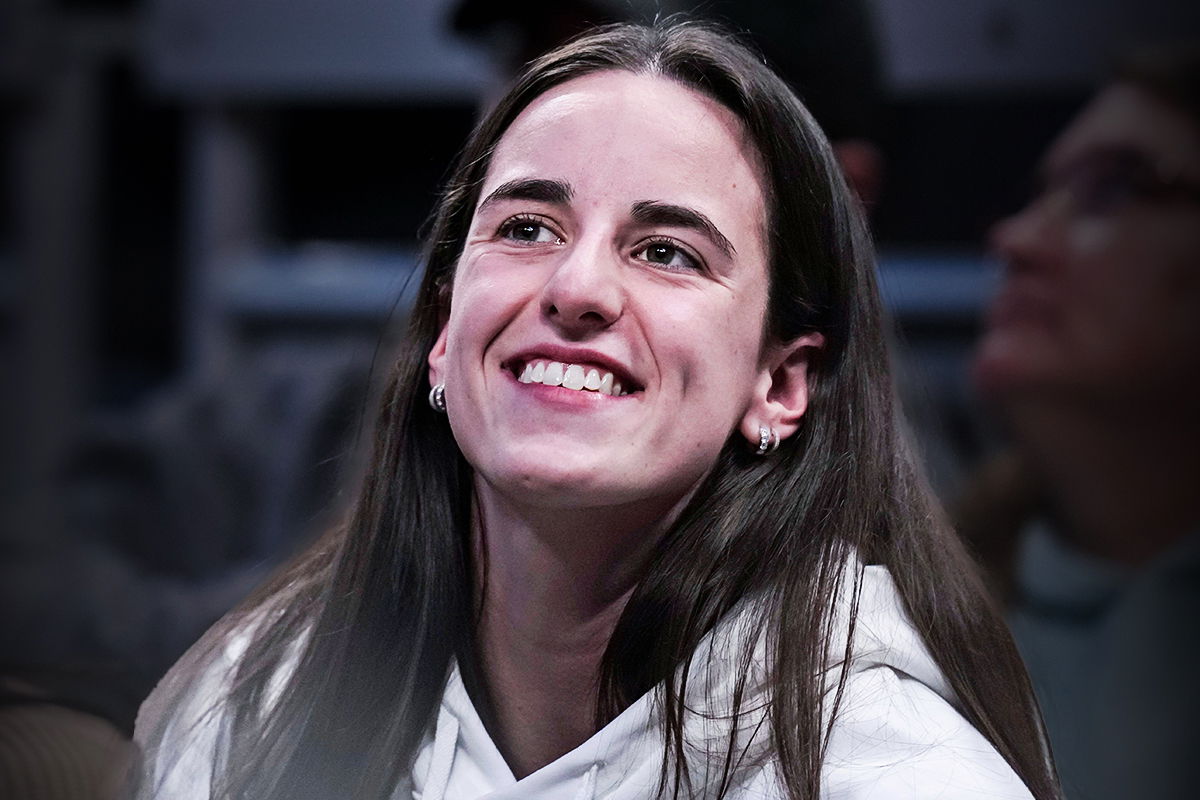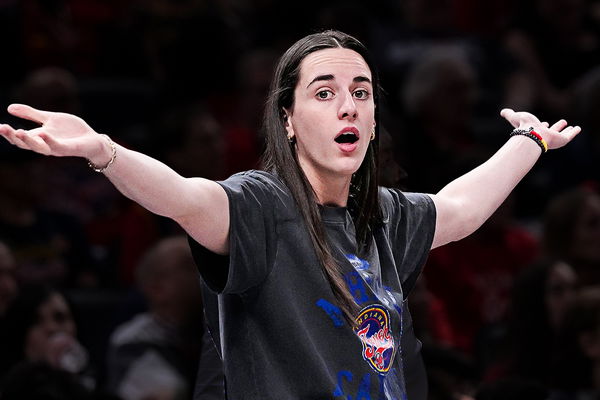
Imago
Credits- Imago

Imago
Credits- Imago
Despite being one of the biggest names in women’s basketball, Indiana Fever rookie Caitlin Clark is earning a base salary of just $78,000 in her debut WNBA season. That’s the standard for the No. 1 overall pick under the league’s current Collective Bargaining Agreement—a figure that sparked widespread conversation earlier this year when Clark was drafted. In comparison, the average rookie in the NBA earns over $1 million.
The disparity isn’t new, but with Clark at the center of a WNBA boom, it’s become harder to ignore. TV viewership is up 300%, and Clark’s games account for nearly half that value. Merchandise sales have jumped 500%, with her jersey leading the pack. In Indianapolis alone, her economic impact has been valued at $36 million, and that’s from just her rookie season. According to valuation expert Dr. Ryan Brewer, Clark is responsible for 26.5% of the WNBA’s business activity in 2024. When she missed five games with a quad injury, league viewership dropped 55%. That’s the kind of leverage that reshapes leagues—but it hasn’t yet reshaped her paycheck.
When Cathy Engelbert became WNBA Commissioner in 2019, she knew the only way to raise salaries was to grow revenue. With media rights locked in until 2025, she turned to corporate sponsorships. That’s how the “Changemakers” program was born in 2020, bringing in Nike, AT&T, and Deloitte. Nike committed to visibility. Deloitte offered digital modernization. AT&T… gave unlimited data plans. Since then, the WNBA has expanded to a record 42 sponsorship partners by 2023 and signed a $2.2 billion media deal set to begin next season. But when it comes to actual player compensation, not much has changed. During All-Star weekend, players took the court in shirts that read: “Pay Us What You Owe Us.” It was against this backdrop that Clark fielded a pointed question during All-Star weekend: how does her league salary compare to her endorsement deals with Nike, Gatorade, and State Farm?
ADVERTISEMENT
Article continues below this ad
“That’s a good question,” she answered with a wry smile—a phrase athletes have long used to signal caution. “Honestly, I feel like that’s where we’re really fortunate is that we have those other deals. And I think that’s one of the things that we’re in the room fighting for.. we should be paid more and hopefully that’s the case moving forward as the league continues to grow. I think that’s something, that’s probably the most important thing that we’re in the room advocating about.” She didn’t have to say more. The numbers do the talking.

Imago
Credits- Imago
Caitlin Clark is reportedly signed to an eight-year, $28 million Nike deal, and she’s featured in high-visibility campaigns for Gatorade and State Farm. Her signature sneaker, expected to launch in Spring 2026, could be a $150 million business, according to sneaker insider Nick DePaula. That’s the kind of marketing lift no player in WNBA history has come close to matching.
ADVERTISEMENT
Article continues below this ad
Top Stories
And yet, under the current Collective Bargaining Agreement (CBA), she’s earning the same rookie-scale contract—$338,056 over four years—as her peers Cameron Brink and Kamilla Cardoso. No shade to them, but Clark is a walking franchise uplift, and it shows. She’s turning casual fans into diehards, tweets into ticker tape, and ticket buyers into season-ticket holders.
This growing pay disparity is already fueling conversations around the new CBA, which is in early negotiation stages. Currently, WNBA players receive only 25% of league revenue, and that’s only if the league meets certain revenue targets. In comparison, NBA players receive a 50-50 split with owners. As salaries lag behind the visibility boom, endorsements like Clark’s act as a financial bandage—but for the majority of players who don’t command that kind of brand power, the system remains unsustainable.
All-Star weekend wasn’t just about flashy passes, highlight reels, and “Pay Us What You Owe Us” was more than a slogan. The question now isn’t whether Clark deserves more. It’s whether the WNBA is prepared to back up its growth with fair compensation, before its brightest stars decide the system isn’t worth carrying.
ADVERTISEMENT
Article continues below this ad
ADVERTISEMENT
ADVERTISEMENT
ADVERTISEMENT
ADVERTISEMENT

